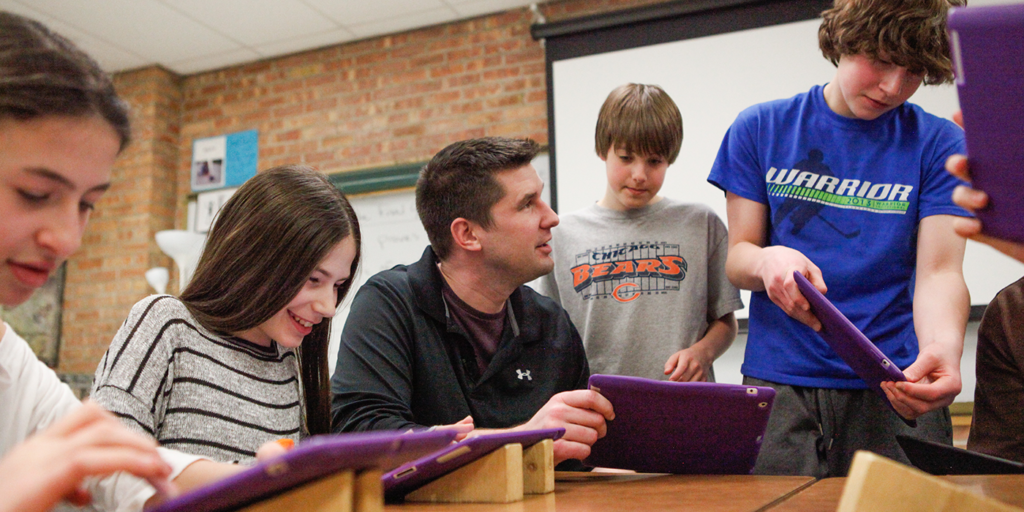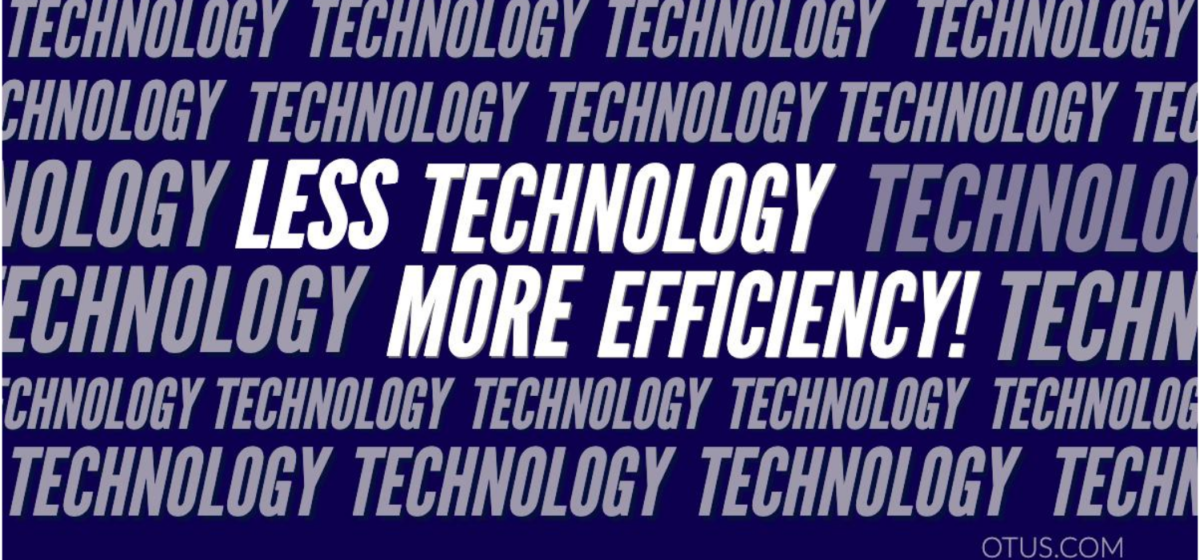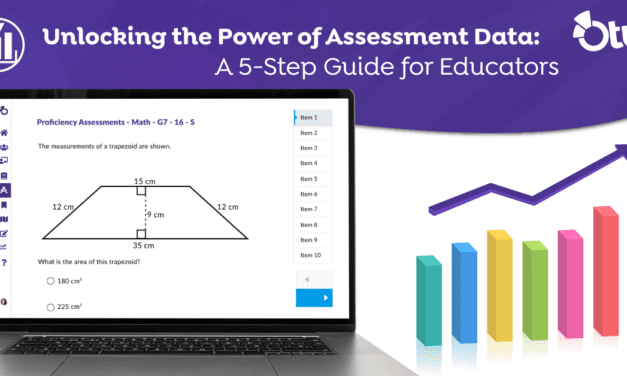According to a June 2019 report by the LEARN Platform, U.S. school districts used an average of 703 different edtech products every month in the 2018-19 school year, which, according to the study, “represents a 28% increase from the 2017-18 school year, a dramatic rise that likely reflects the expanded number of tools available to learners, increased connectivity, and an increase in point solutions and supplementary tools.”
In general, the 703 different edtech products that teachers use fall into one of five different categories. The categories are: learning management, classroom management, assessment management, data management, and content.
An insider’s view of edtech
“Overwhelmed.” That’s how most classroom teachers say they feel, according to Christopher Hull, Co-Founder and Chief Product Officer for Otus, a Chicago-based edtech company. Hull should know. He’s also a 7th Grade Social Studies teacher.
The edtech community has given teachers many important tools and at some point, Hull says, we have to ask if we are helping or doing more harm.
At some point, the edtech community will need to take a look around and say to themselves. “Is what we are doing helping teachers become less overwhelmed. Or are we just adding more to the current state of edtech chaos?”

Christopher Hull teaching his students in Highland Park, Il.
Hull co-founded Otus in 2014 with a teaching colleague, Pete Helfers, is currently a district-level administrator in the Chicago area. Helfers knew first-hand how experienced how the number of different and disconnected edtech tools available to them impacted their efficiency as teachers. A colleague connected them to Andy Bluhm, a Chicago-based investor. Bluhm also saw the disconnectedness of technology in K-12, as the father of three boys.
Their goal was to create an edtech platform that would address a very simple need for K-12 educators: help them be more efficient completing all of the tasks associated with teaching in today’s classrooms.
While many school districts turn to traditional learning management systems to create efficiencies for teachers who are overwhelmed by the number of edtech tools given to them, Otus sees things differently.
“A traditional LMS is not designed for K-12 educators who are face-to-face with their students every day,” Hull said. “Most of the tasks that teachers need to complete each day can’t be done in a traditional LMS so we knew we needed to be much more than that.”
The cause of teacher inefficiencies
Many professions where an employee has a known “to do” list that they are able to work through on a given day. Teachers are faced with hundreds of tasks each day that can often times come at them on a moment’s notice. They need to review assessment results for a student and discuss them with a colleague. Additionally they need to document work habits that students are exhibiting, send text messages to families about field trips, and provide feedback to dozens of students on an assignment.
The edtech community has responded to the needs of K-12 educators by providing single-solutions: one tool to grade assignments, another to communicate with families, another to look at data…the list goes on.
When teachers need to bounce around from system to system in order to complete these tasks, their efficiency plummets. And, where technology improves efficiencies in many industries, it can have the opposite effect on educators.
Not Just Another Edtech Tool
“When I was first told that our district was using Otus, I immediately thought, ‘Oh boy! Yet another edtech tool that I need to use,’” said Jon Szychlinski, a middle school PE teacher in suburban Chicago. “I quickly realized that Otus was not only helping me see students much more holistically than I could before… everything was in one place, but it was saving me time that I was able to reinvest in my face-to-face interactions with my students.”
Otus is available to all teachers, their students, and their students’ families for free. Unlike many edtech companies, Otus has a proven business model that is allowing them to generate revenue. School districts who wish to have their entire systems use Otus as a common teaching and learning platform pay an annual fee. This includes includes integrating Otus with their legacy systems such as their SIS. Additionally, it includes the ability to aggregate data into meaningful visualizations that can help guide organizational decisions. Lastly it includes the ability for administrators to create district-wide settings (i.e. grading scales, grading periods, common assessments, etc.).
“We designed Otus to be that single place where teachers can complete all of the tasks associated with being an educator so that more time can be spent focusing on the human part of teaching. Why we all became teachers in the first place,” said Hull.
Looking Ahead
In looking ahead to the 2019-20 school year, Otus has a packed product roadmap. Driven by the needs of teachers, administrators, families, and students. Amongst other things, Otus will introduce integrations with GradeCam and Desmos, offering a refresh on its standards-based gradebook. Additionally, this releases enhanced data analytics and reporting tools for school and district administrators.





